Student self assessment is a powerful tool for students’ learning and for you to gain valuable insight as a teacher. On top of that, it will lighten your teacher grading load. You’ll leave this blog post with the how-to’s around student self assessment, ideas for areas that you can use it, and specific student self assessment examples to refer to. Let’s get started.
Implementing Student Self Assessment
If you’re new to implementing student self assessment, start with one area in which you’d like students to start regularly self assessing. Once you and your students become comfortable and confident with it, you can roll in another one, if you wish.
If your students are familiar with self assessment, you can jump ahead to the student self assessment examples section to get ideas for ways you can further implement student self assessment in your classroom.
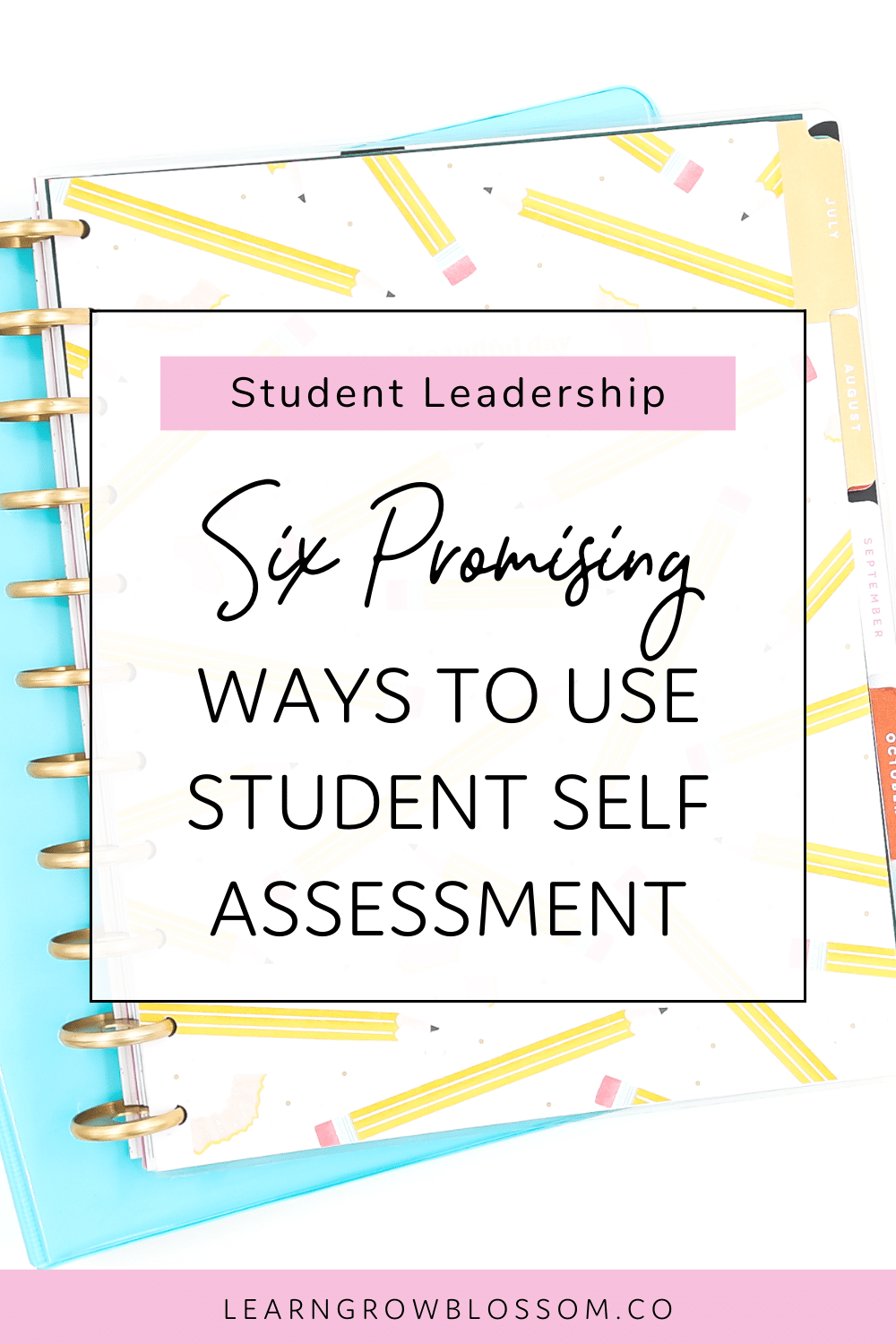
Launching Student Self Assessment in Class
When starting student self assessments with students, it’s important to communicate the reason why it can help them learn. Learning about their learning is one of the best ways that they can reflect and improve.
With this, communicating that the self assessment process will only help students learn if they are honest throughout the process. Explain that although students are self assessing, you will still be grading their work so honesty is important since you’ll still be assigning the final grade, anyway. This conversation helps to avoid students thinking they can fudge their grades by giving themselves higher grades or levels than they think they actually should.
When you start this process as a class, it can be helpful to walk students through their first few self assessments by giving them thinking prompts to help guide them.
For example, if they are marking their rubric, you might walk them through the rubric, row by row, providing examples and prompts to consider where they might fall within that specific row of the rubric.
As another example, if students are giving themselves a level using the levels of understanding, you might provide students with examples of what each level would look like based on the assignment or task they as self assessing. This will help students to clearly see where they land within the levels.
Providing students with these student self assessment examples will scaffold the self assessment process so that eventually they can do so without prompting and specific examples.
Student Self Assessment Examples
In this section, you’ll find specific student self assessment examples that you can use in your upper elementary classroom. Hopefully you’ll leave with an idea or two that you’d like to run with! All of these ideas have been successfully implemented in my classroom.
Levels of Understanding
Levels of understanding are perfect place to start using student self assessments with a fresh group of students every year because it has so many different applications and is easy for students to grasp.
The levels are on a 1-4 or 1-5 scale and can be used in multiple ways. Having levels of understanding posters displayed in your classroom will help students by having the levels visible for quick reference.
For student self assessment, you can have students get into the habit of writing their level of understanding in the top corner of every assignment, across all subjects, to show how they feel they are grasping the concepts. For a quick formative assessment during class time, you can get students to do a quick show of their level of understanding on their fingers to get a sense for how the class is doing, overall.
Students Grade Their Work
Before having students turn in their work, have them assess their own. Rubrics are a great way for students to do this because they can read the descriptors and use them to inform their decisions for their self assessments. Often times, students will actually improve their work based on their self assessment using the rubric, which is a teachers dream, right?

Daily Check In
Using a class daily check in is a form of self assessment where students indicate how they are doing that day. It’s a great way for students to practice checking in with themselves and identifying their feelings. It also gives them an opportunity to share if they would like additional support from the teacher on that given day.
If you’d like to give it a try, grab this Daily Check In Google Form freebie. Simply assign it to students in Google Classroom and they can fill it out each day, giving you powerful insight as their teacher.
Behaviour Reflections
Daily behaviours reflections are a powerful classroom management tool. Having your students reflect on their day, using a behaviour tracking self assessment tool, helps them identify situations where they made good choices and not-so-good choices. Then, they have a chance to reflect and move forward the next day with a fresh start, aiming to improve. Read more about this behaviour management strategy here.
Student Report Cards
As report card writing season approaches, you can get students’ help! Having students write their own student report cards allows students the opportunity to reflect on the last term or semester, sharing what they learned, what they’re proud of, and how they wish to improve. Grab this done-for-you Student Report Card Template on Google Forms you can easily assign it to students through Google Classroom.
What’s even better is that it gives you vital information as a teacher and little tidbits that you can use in your report card comments, too! Read more on exactly how you can have students write student report cards in your upper elementary classroom.
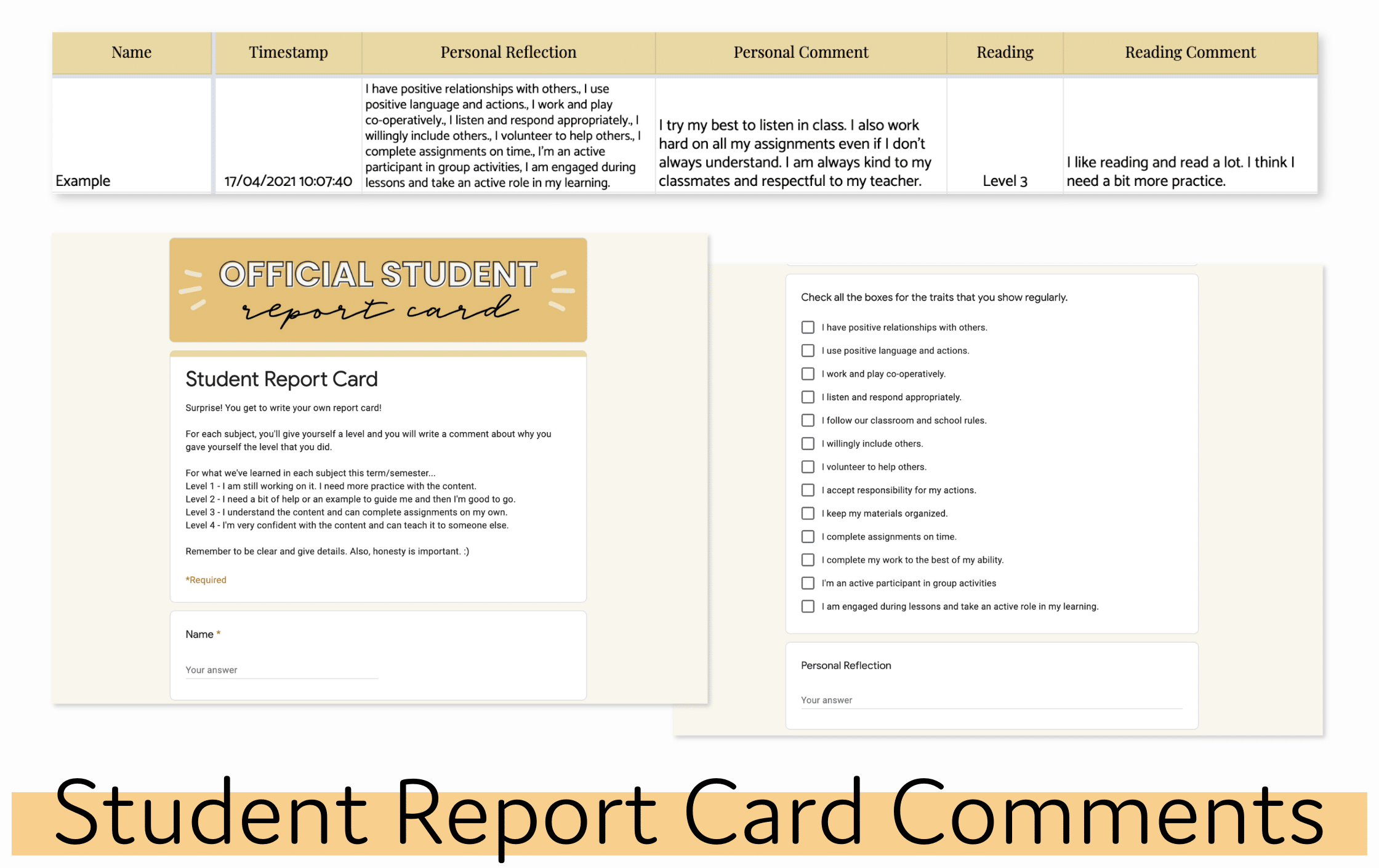
Student Conference Prep
As a way to prepare for student conferences, have students complete a reflection to share with their parents on the term or semester. It can be as simple as a written paragraph on each term, or a booklet created from these student conference templates. These student conference reflections give students something to share with their parents during conferences and a jumping-off point for great conversation.
Hopefully, you’re walking away from this post with a few ideas for using student self assessment in your classroom. Whether that’s trying behaviour tracking, student report cards, or levels of understanding, you’ll be supporting your students to become reflective learners.
I’d love to hear about your experience and see student self assessment examples, if you’re willing to share! You can always reach out to me by email at [email protected] or find me on Instagram at @learngrowblossom

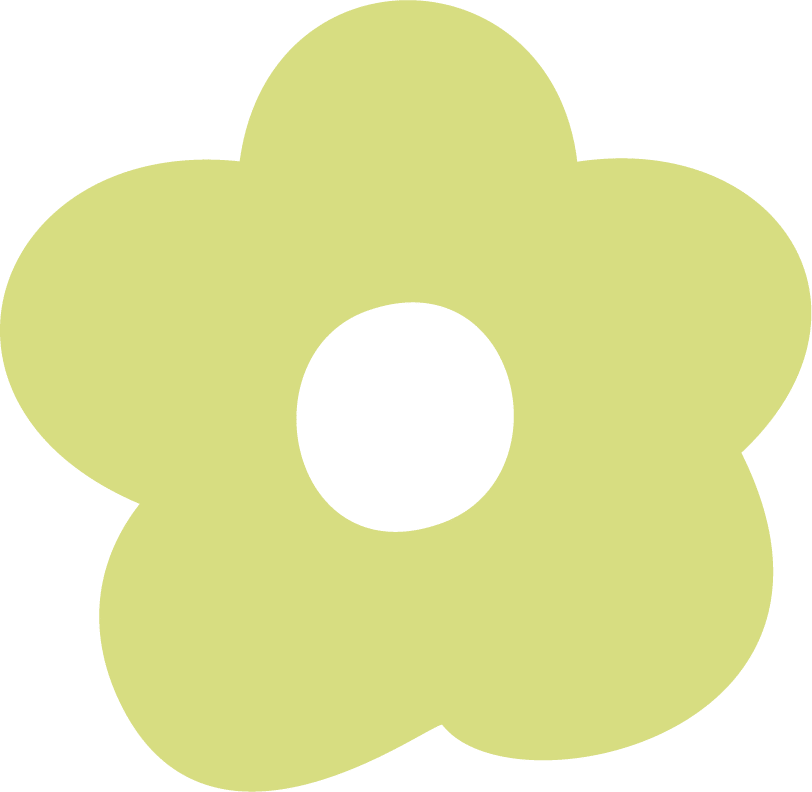

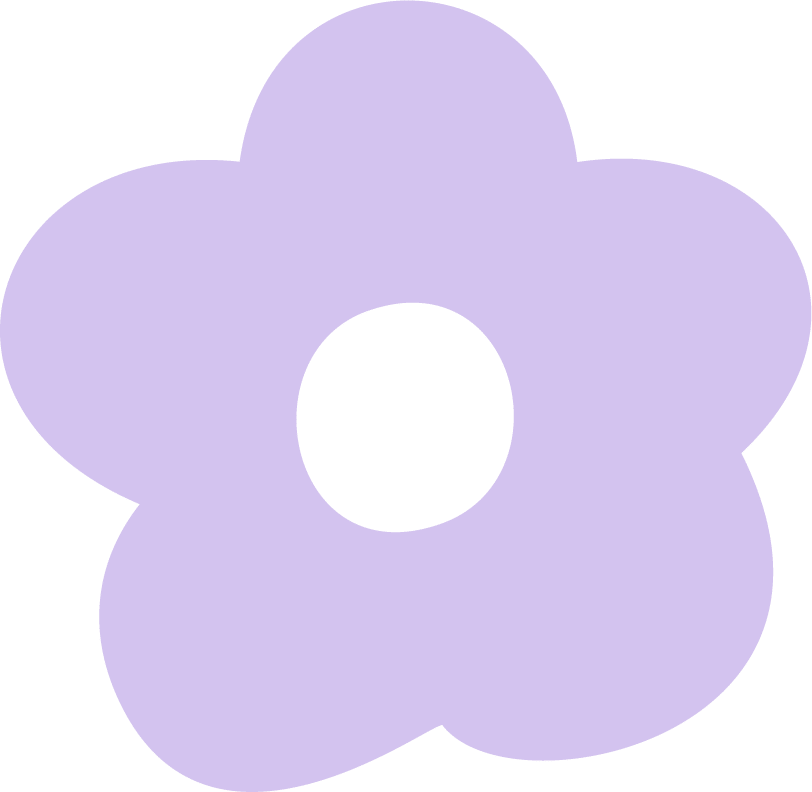
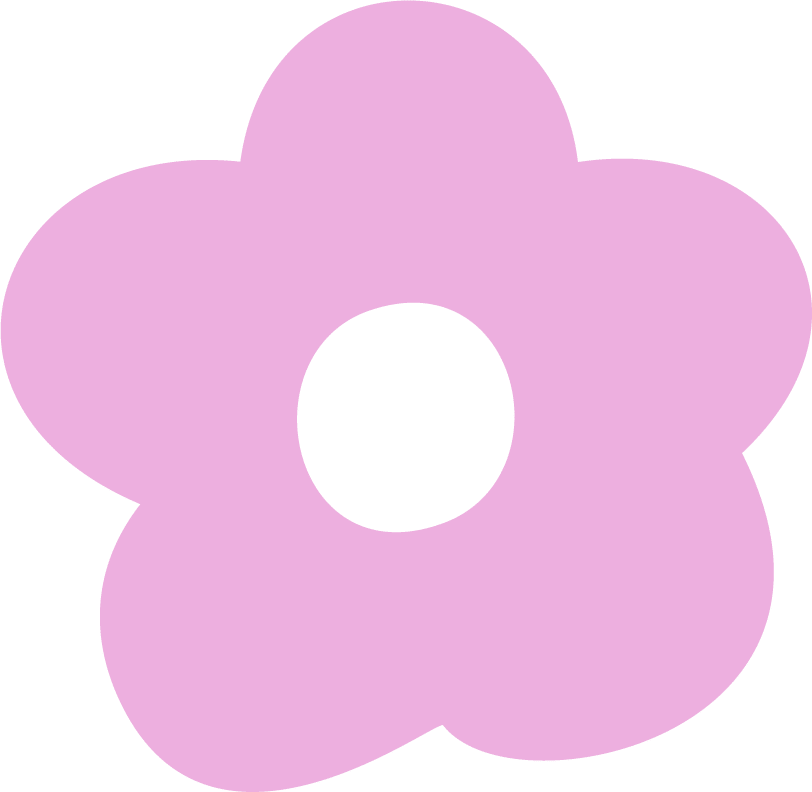
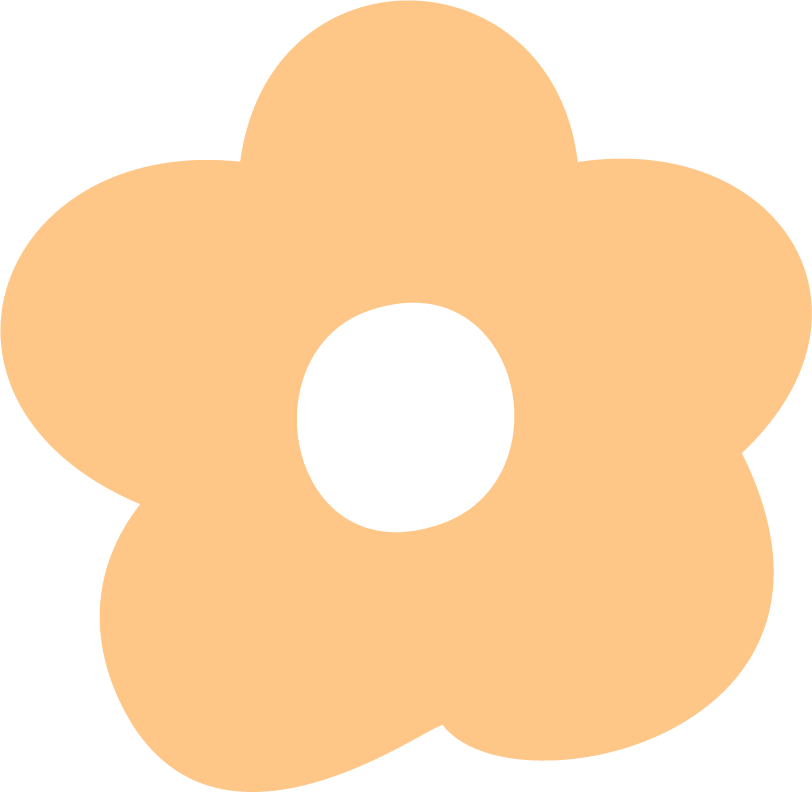
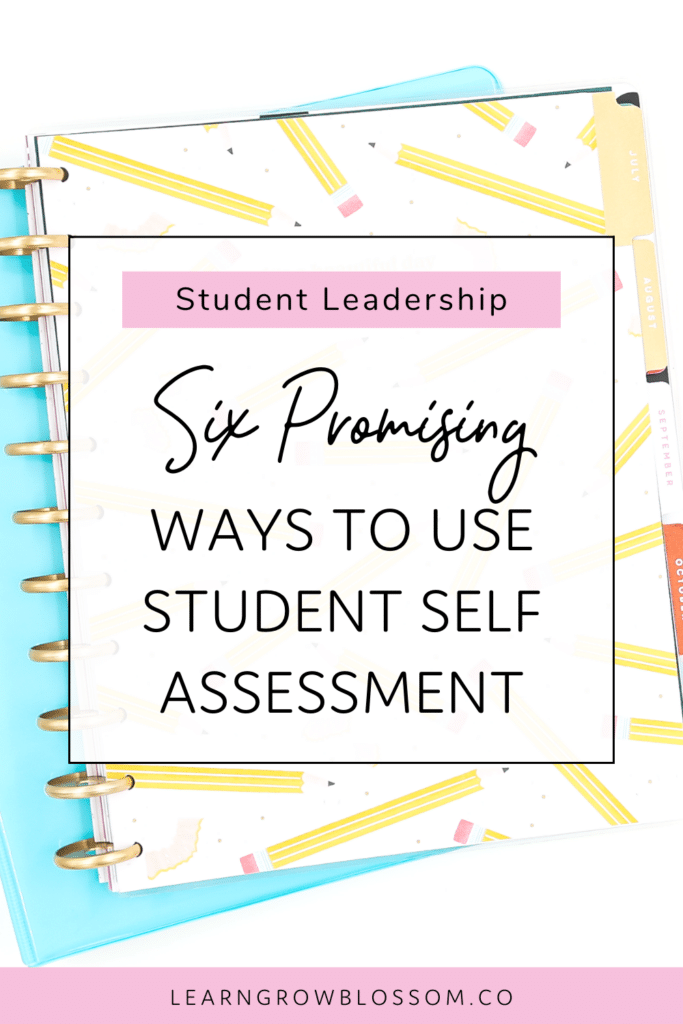


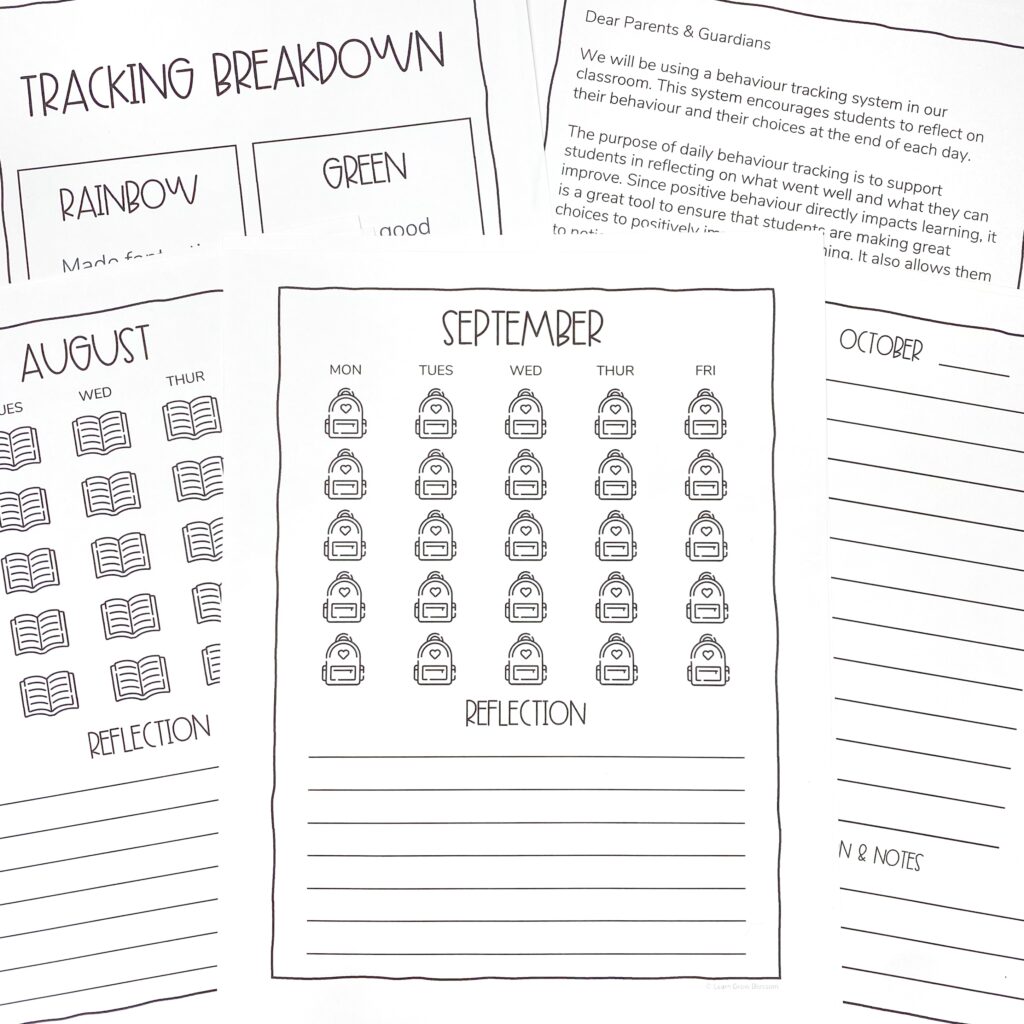
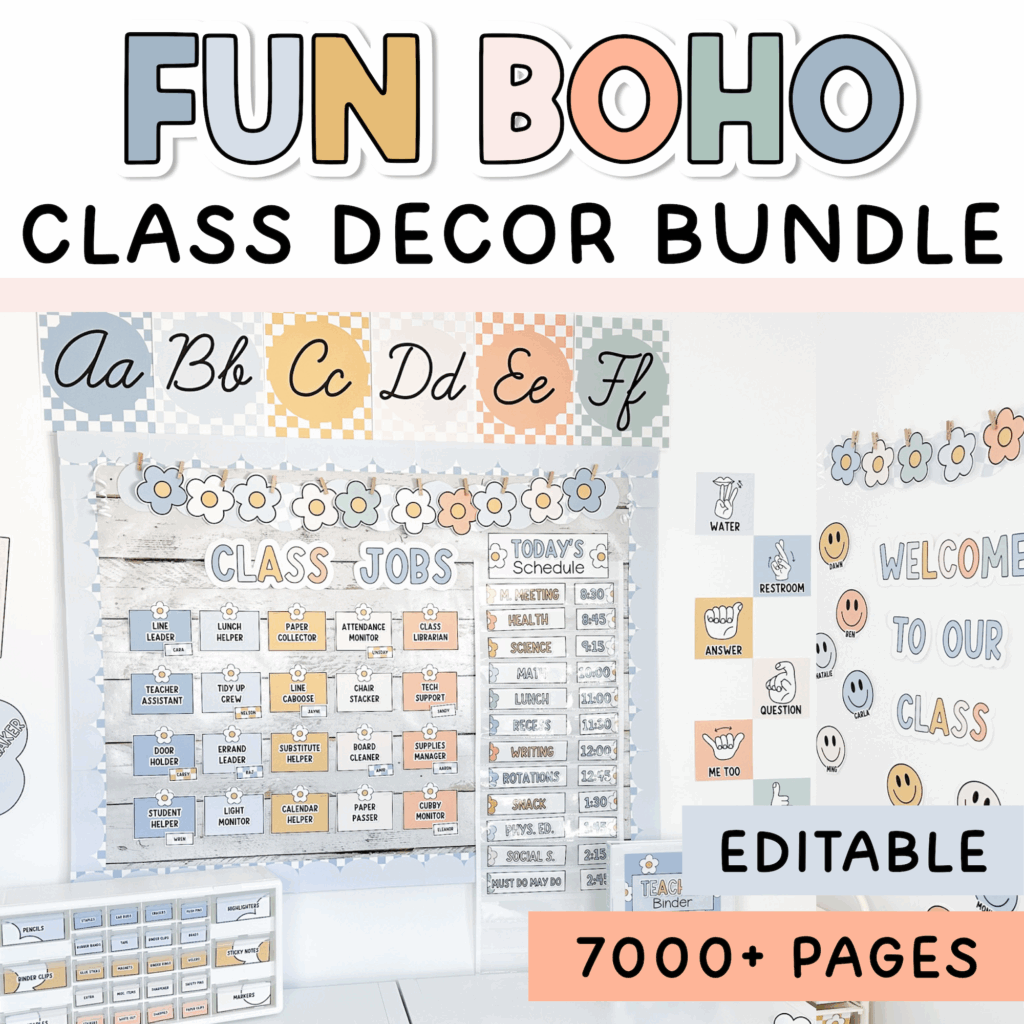

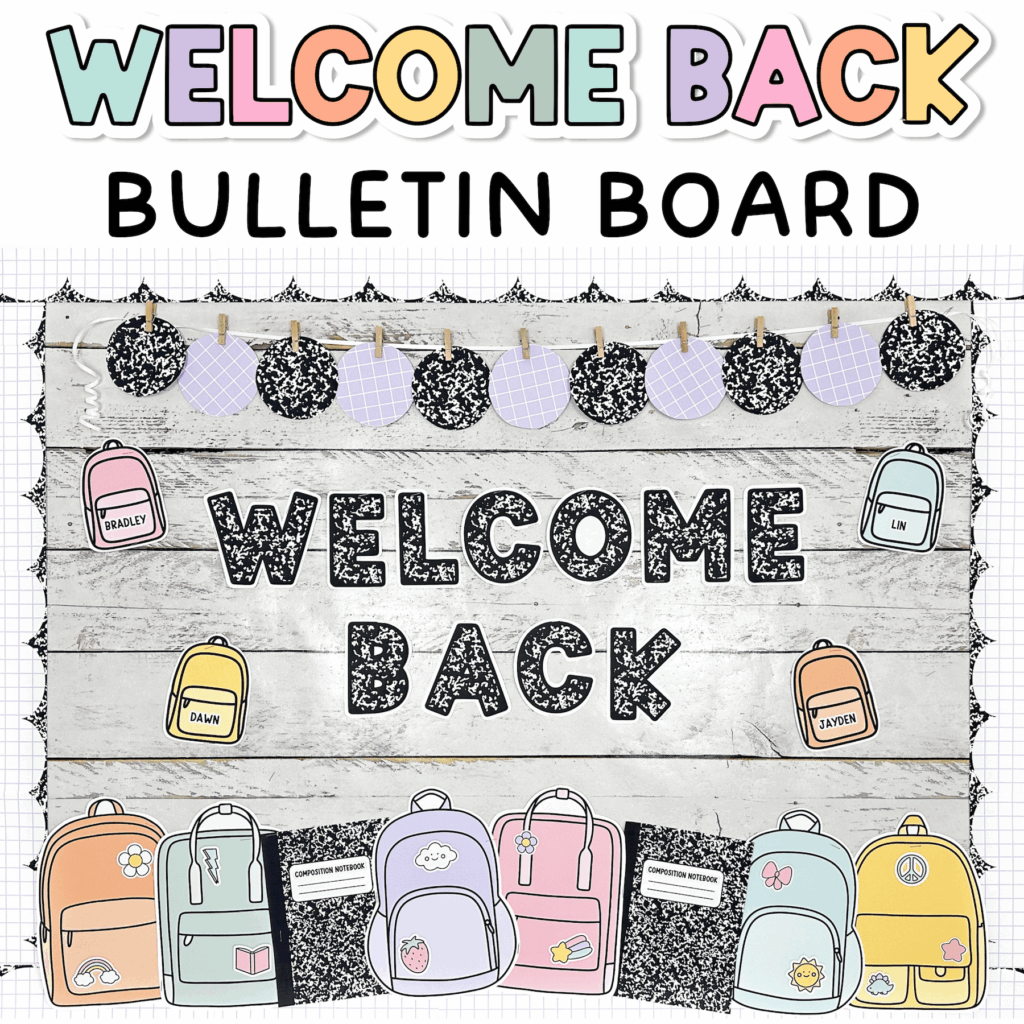
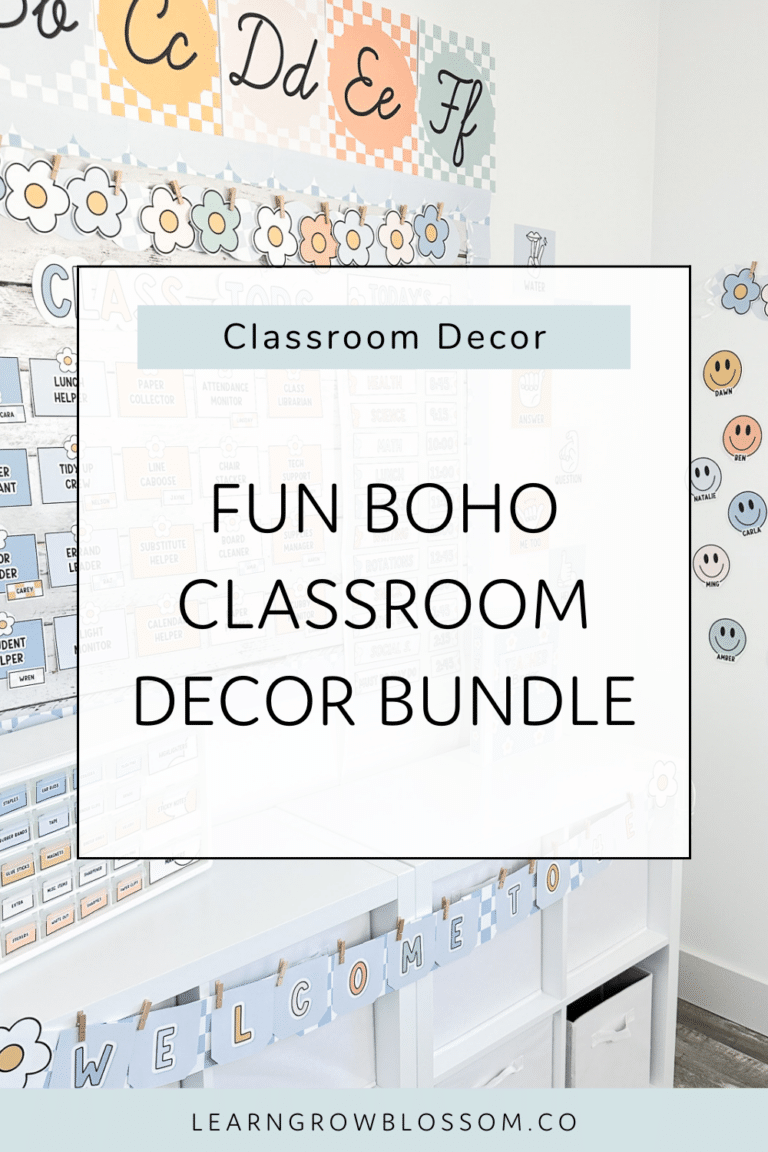
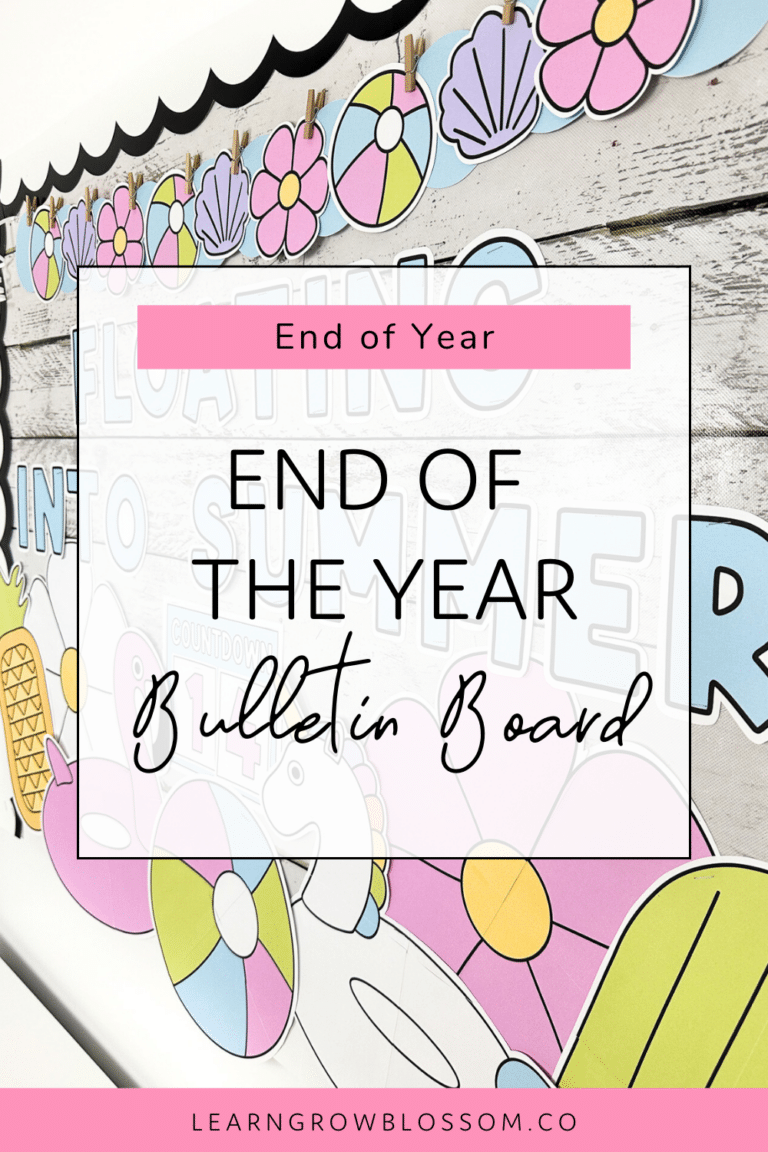
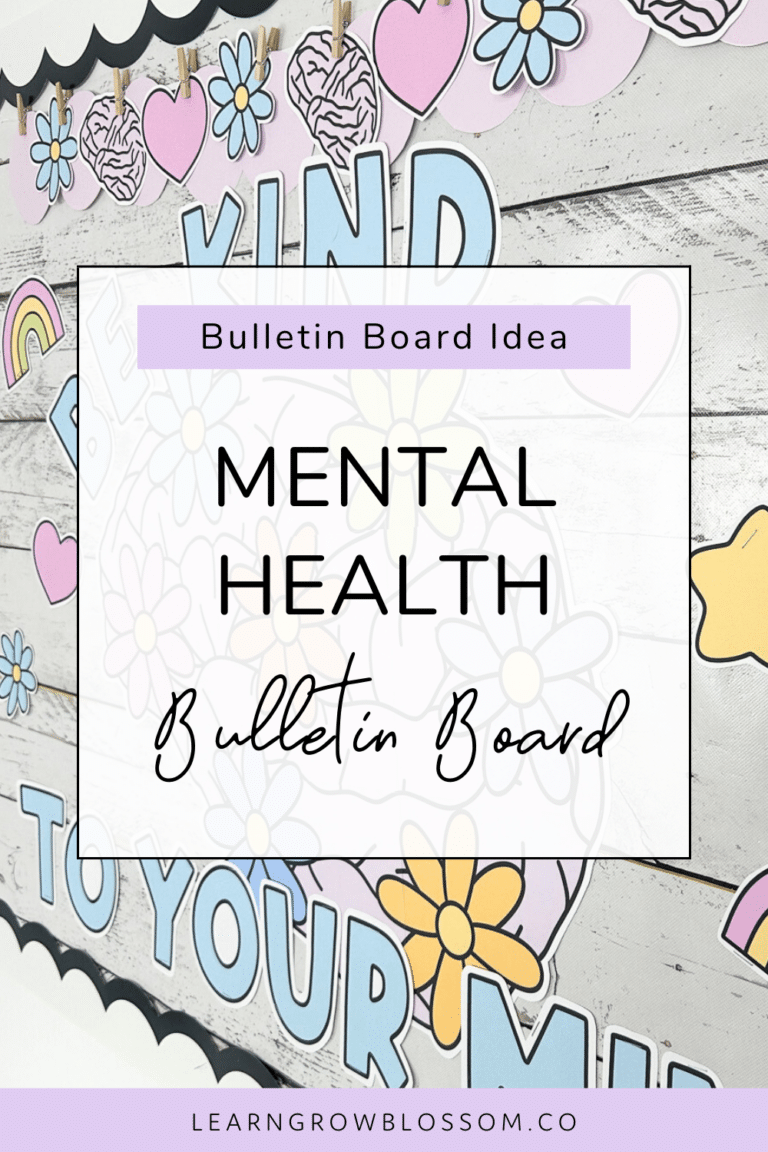
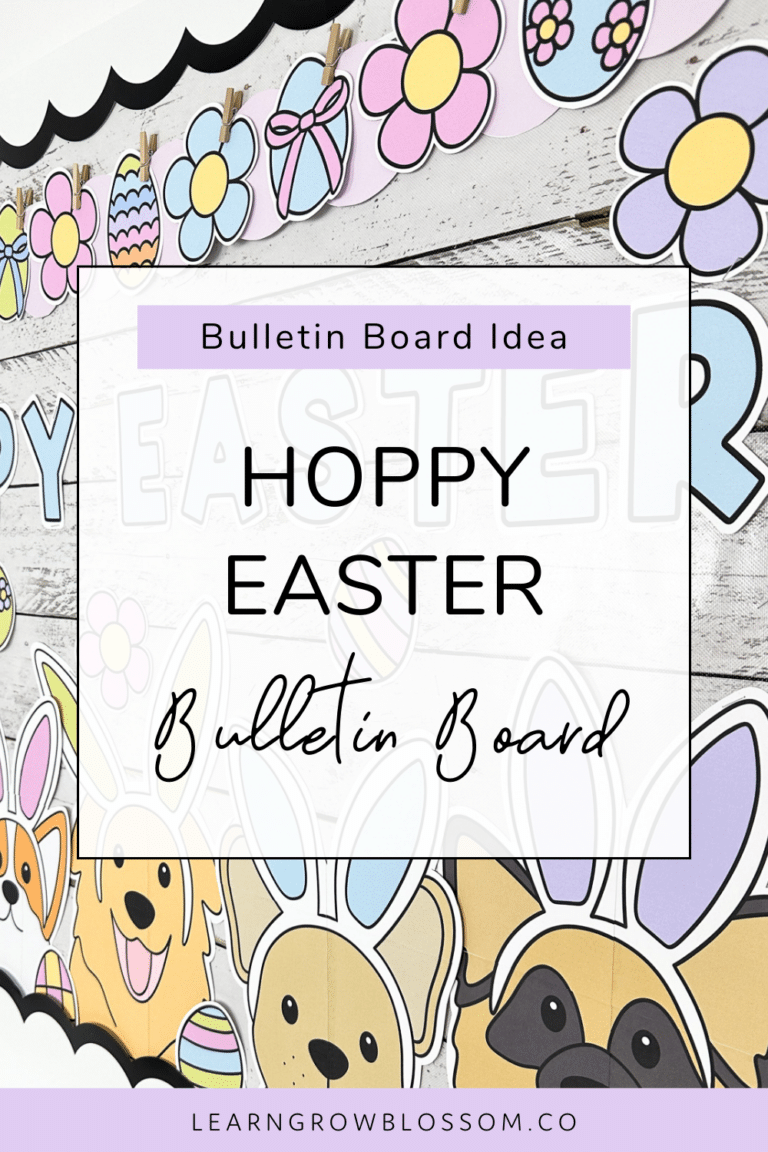

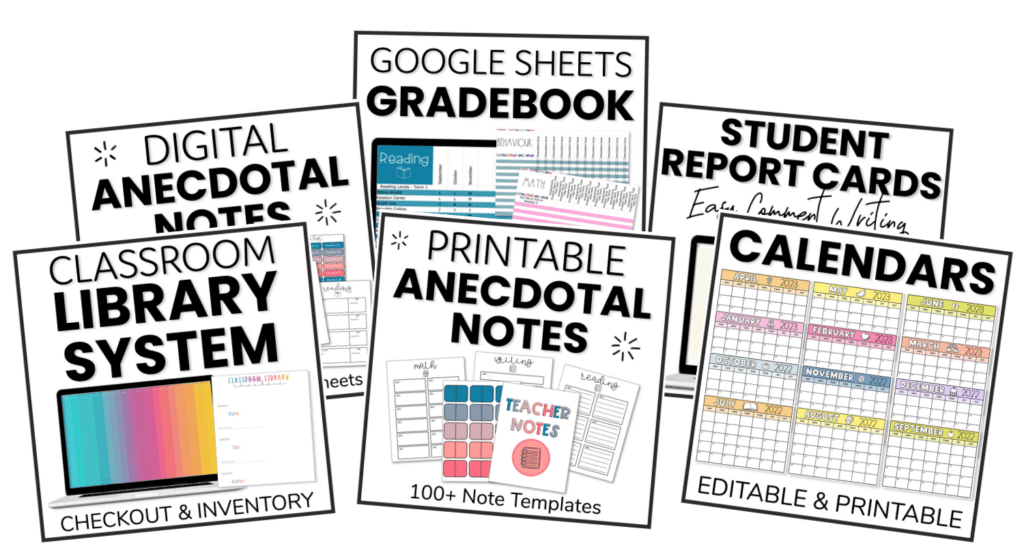
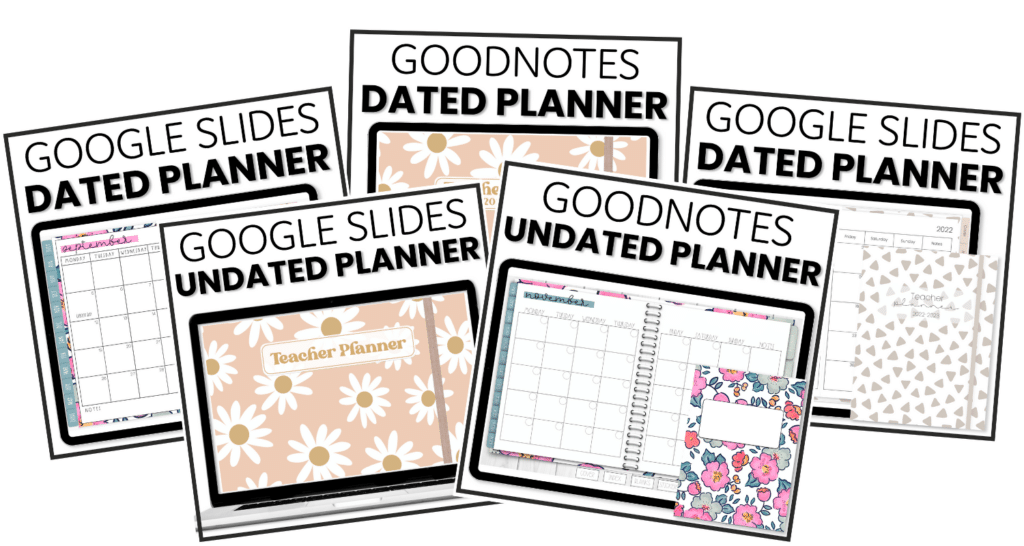
One Response